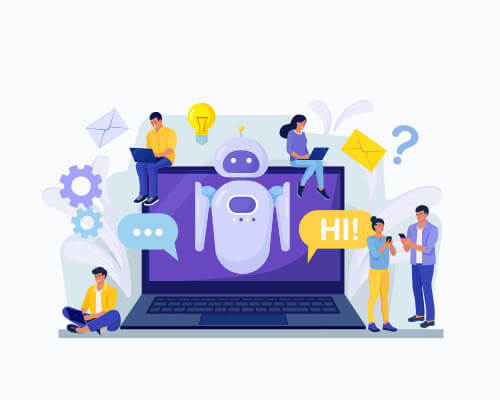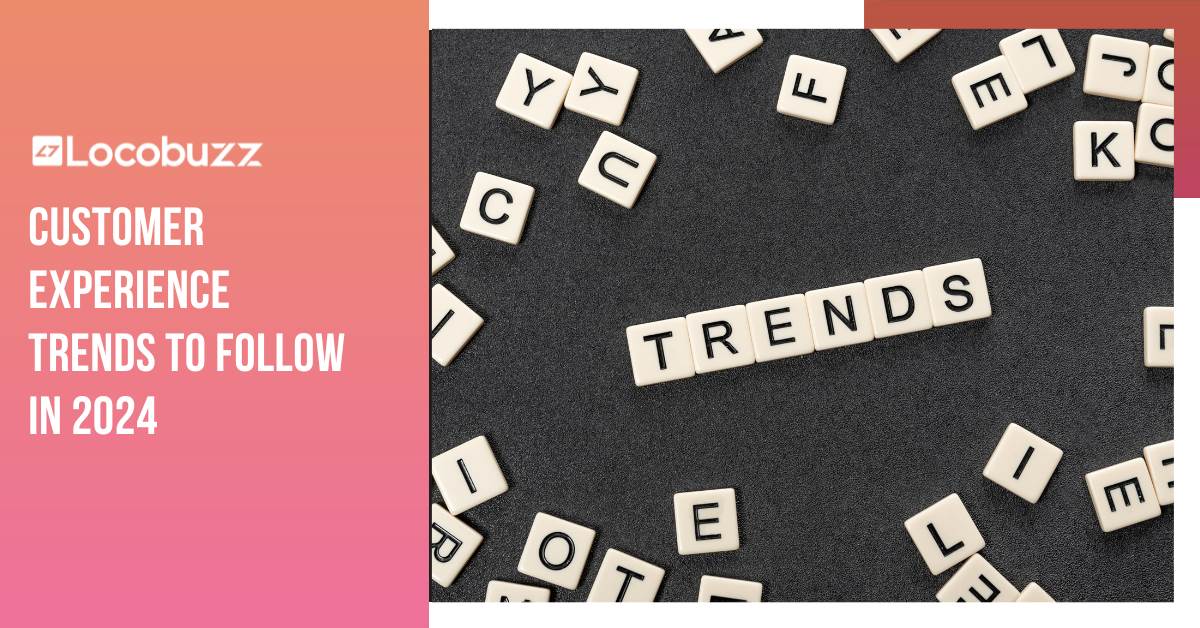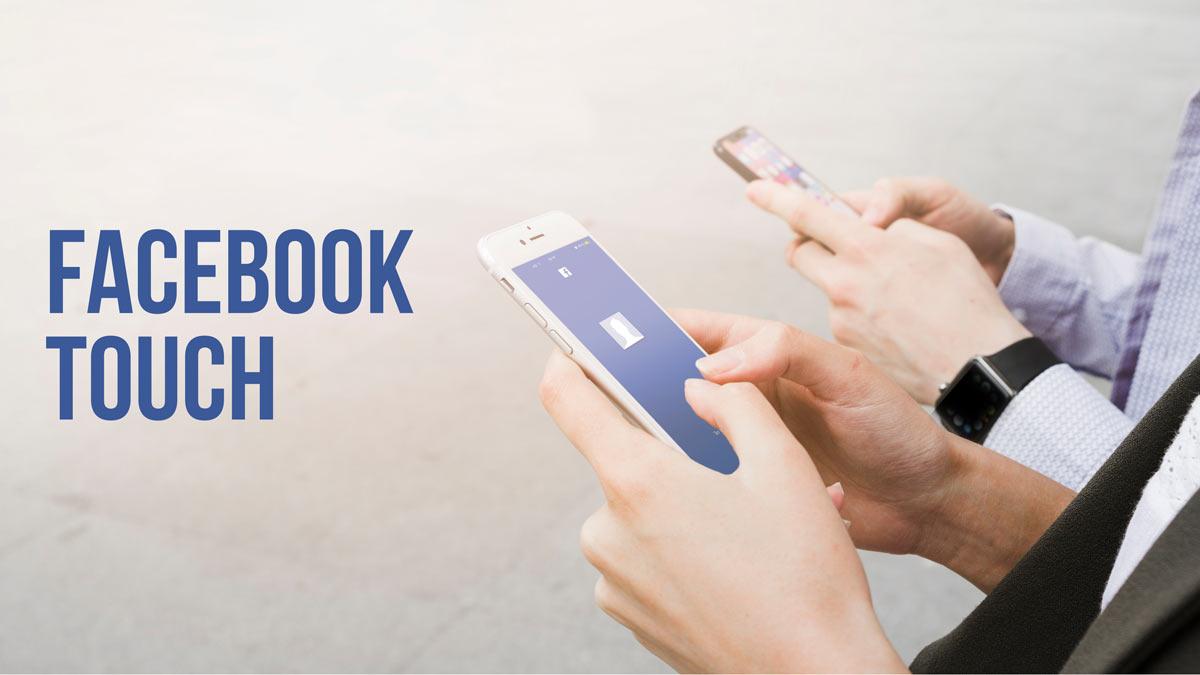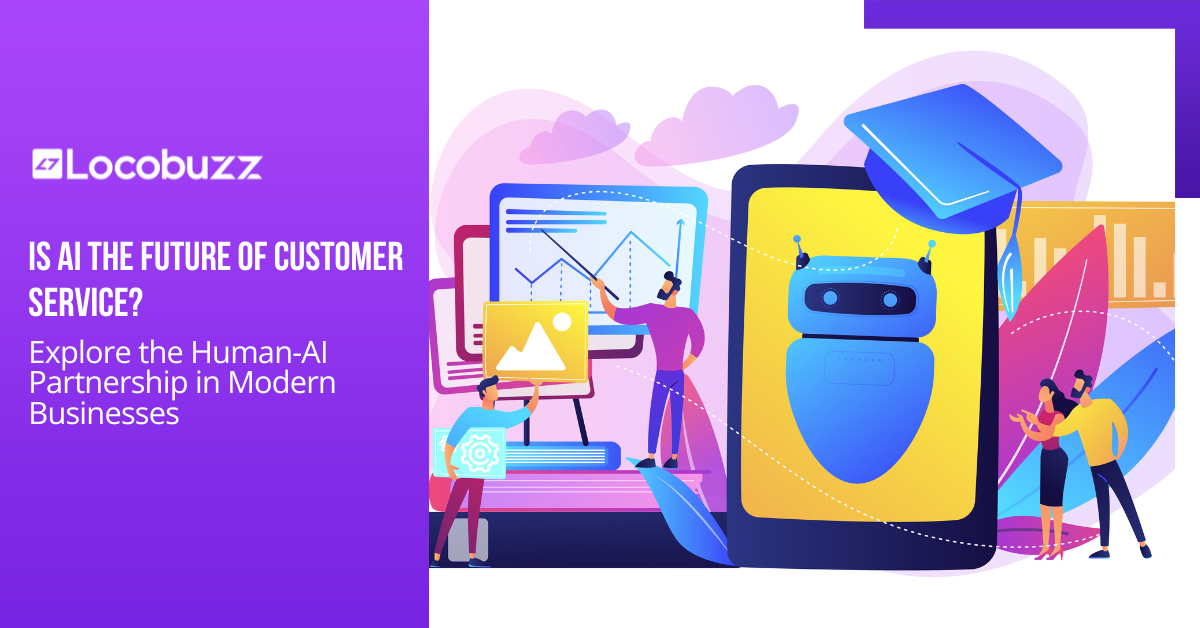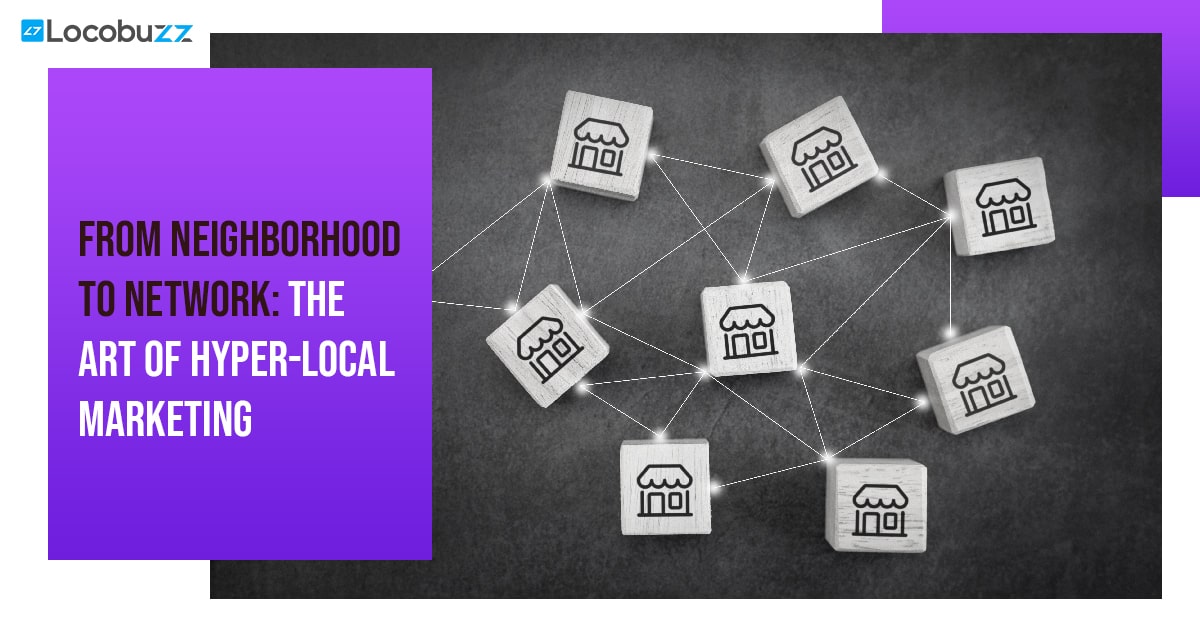5 Types of Chatbots That Will Help Your Business Grow!
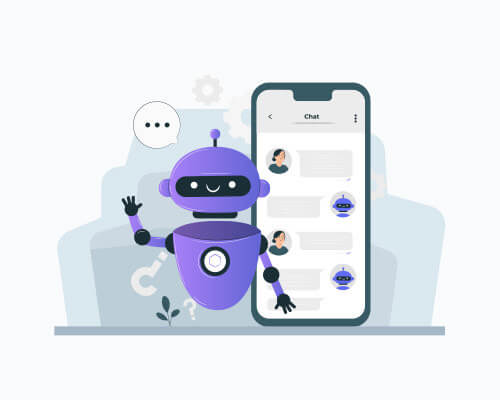
Introduction
A Chatbot for an e-Commerce website is very different from one for banking. In the same way that individuals differ in our personalities and abilities, Chatbots differ in their looks and actions!
Nearly 40% of worldwide Internet users prefer Chatbots to humans in customer care, according to Business Insider.
In this article, we’ll discuss the many types of Chatbots, as well as their applications and capabilities. This will help you understand Chatbot classification and which Chatbot type would be best for your organization!
Now, if you’re wondering what types of Chatbots there are and how many of them there are, we’ll go over that next.
Here are the different types of Chatbots:
Menu/button-based chatbots
Menu/button-based Chatbots are the most basic type of Chatbots currently used in the market today. Most of the time, these Chatbots are just glorified decision tree hierarchies that are displayed to the user as buttons. These Chatbots, like the automated phone menus we all deal with regularly, need the user to make several choices before getting to the final answer.
While these Chatbots are sufficient for answering FAQs, which account for 80% of support requests, In more complex cases, where there are too many variables or too much knowledge at play, they fall short of predicting how users should confidently arrive at specific conclusions.
Linguistic Based (Rule-Based Chatbots)
A linguistic Chatbot may be the right answer for you if you can anticipate the types of queries your clients will ask. If/then logic is used by linguistic or rules-based Chatbots to develop conversational automation flows. You must first determine your Chatbot’s language requirements. To evaluate the words, their arrangement, synonyms, and other criteria, conditions can be set. Your clients will receive rapid assistance if the inbound inquiry meets the conditions defined by your Chatbot.
It is, however, your responsibility to verify that each permutation and combination of each question is defined; otherwise, the Chatbot would be unable to comprehend your customer’s input. This is why language models, despite their widespread use, can take a long time to evolve. These Chatbots require rigidity and specificity.
Keyword recognition-based Chatbots
Unlike menu-based Chatbots, keyword recognition-based Chatbots can listen to what people say and respond appropriately. To determine how to offer a suitable response to the user, these Chatbots use customizable keywords and an AI application called Natural Language Processing (NLP).
When faced with a large number of similar questions, many types of Chatbots fall short. When there are keyword redundancies across numerous linked inquiries, NLP Chatbots will start to falter.
Chatbots that are a mix of keyword recognition and menu/button-based are becoming increasingly common. If the keyword recognition functionality fails or the user requires assistance in finding an answer, these Chatbots give users the option of directly asking their inquiries or via the Chatbot’s menu buttons.
Machine Learning Chatbots
Do you know what a contextual Chatbot is? A contextual Chatbot is significantly more sophisticated than the previous three bots. Machine Learning (ML) and Artificial Intelligence (AI) are used by these Chatbots to recall discussions with specific users to learn and evolve. Chatbots with contextual awareness, unlike keyword recognition-based bots, are smart enough to self-improve based on what users are asking for and how they are requesting it.
For instance, consider a contextual Chatbot that allows users to place food orders; the Chatbot will save data from each discussion and learn what the user prefers to order. As a result, when a user speaks with this Chatbot, it will eventually remember their most common order, delivery address, and payment information, and will simply ask if they want to repeat it. Instead of having to answer a series of questions, the user simply needs to say ‘Yes,’ and the dinner will be ready!
While this meal ordering example is simple, it demonstrates how effective conversation context can be when combined with AI and machine learning. Any Chatbot’s ultimate goal should be to give a better user experience than the current state of affairs. One of the easiest ways to use a Chatbot to speed up processes like these is to use conversation context.
Voice bots
Businesses are now beginning to adopt voice-based Chatbots or voice bots to make conversational interfaces even more colloquial. Why have voice bots become so popular in recent years, with virtual assistants like Apple’s Siri and Amazon’s Alexa? Because of the benefits they provide. For a customer, speaking rather than typing is significantly more convenient. Customers can have a frictionless experience with a voice-activated Chatbot.
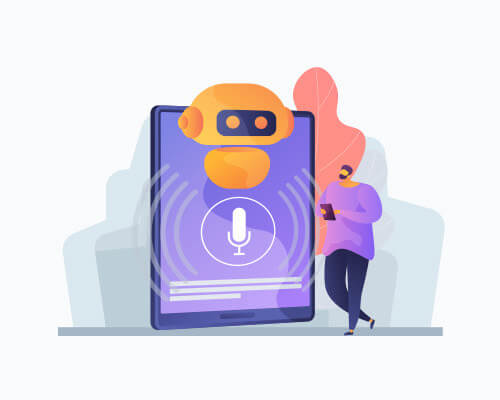
So, which type of Chatbot is best for you?
While deciding if a Chatbot is right for you, place yourself in the shoes of your users and
Consider the value they’re attempting to obtain. Is the context of the conversation going to have a big impact on this value? If not, it’s probably not worth the time and effort to adopt right now.
Another item to think about is your target audience’s UX preferences. Some consumers might prefer a guided experience with visual menu buttons rather than an open-ended experience in which they must directly ask the Chatbot questions. All the more reason to have people thoroughly evaluate your Chatbot before committing and launching it.
The greatest Chatbot for your users is the one that best suits the value proposition you’re trying to express. In certain cases, this may necessitate enterprise-level AI capabilities; yet, in others, basic menu buttons may be sufficient.
Bringing the ‘Art’ in Artificial Intelligence, the Locobuzz omnichannel chatbot is the modern resolution to large-scale customer experience management. Locobuzz brings automation and personalization to every chat interaction, equipping you with a reliable virtual agent that adds value to customer experience.
Locobuzz also provides various services like social listening, social media management, brand monitoring, competitor analysis, sentiment analysis etc through its tools.
Frequently Asked Questions
1. Is it possible to style the Chatbot to match the theme of my website?
Of sure! You can put the iframe wherever you want it in your HTML and design it with CSS just like any other HTML element.
2. What are some of the obstacles I might face if I use bots?
Getting started is the most difficult aspect. Everything else is smooth sailing once you’ve started the process and have your ducks in a row. If you don’t plan ahead of time, you’ll run into problems while constructing your bot.
3. How do bots help customers have a better experience?
Bots improve the customer experience by providing quick responses on your clients’ terms, whenever and wherever they want them. Bots are your queue busters and central automated centers of information, with the potential to provide 24/7 customer service and handle almost an endless number of consumer queries at the same time.
Conclusion
To summarize everything discussed so far, there are many different kinds of Chatbots or virtual assistants. From the user’s perspective, it makes more sense to differentiate based on use cases rather than strictly technical attributes. Artificial intelligence is still a research topic rather than a practical application. Before the bot’s development, it’s critical to consider what the bot must be able to perform and, more importantly, what the user expects from the firm (for which the Chatbot “speaks”).
